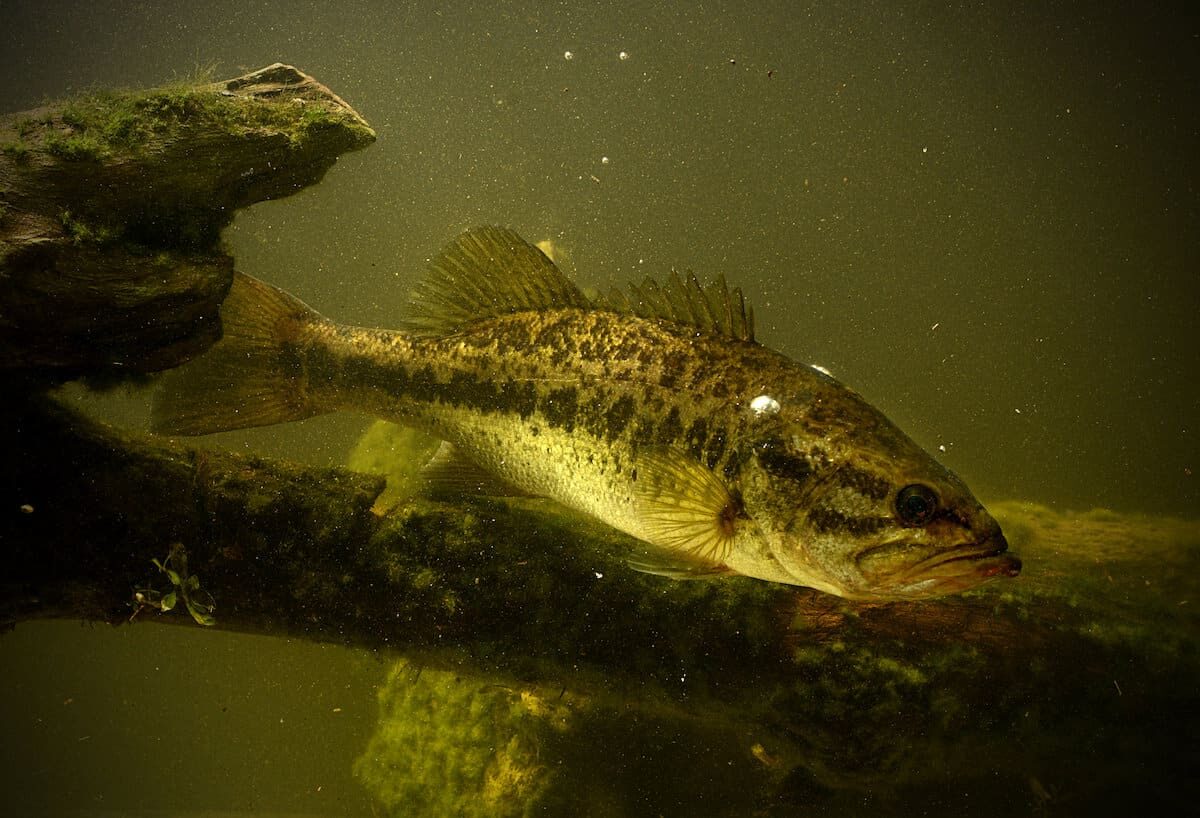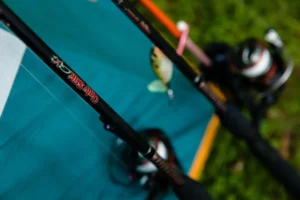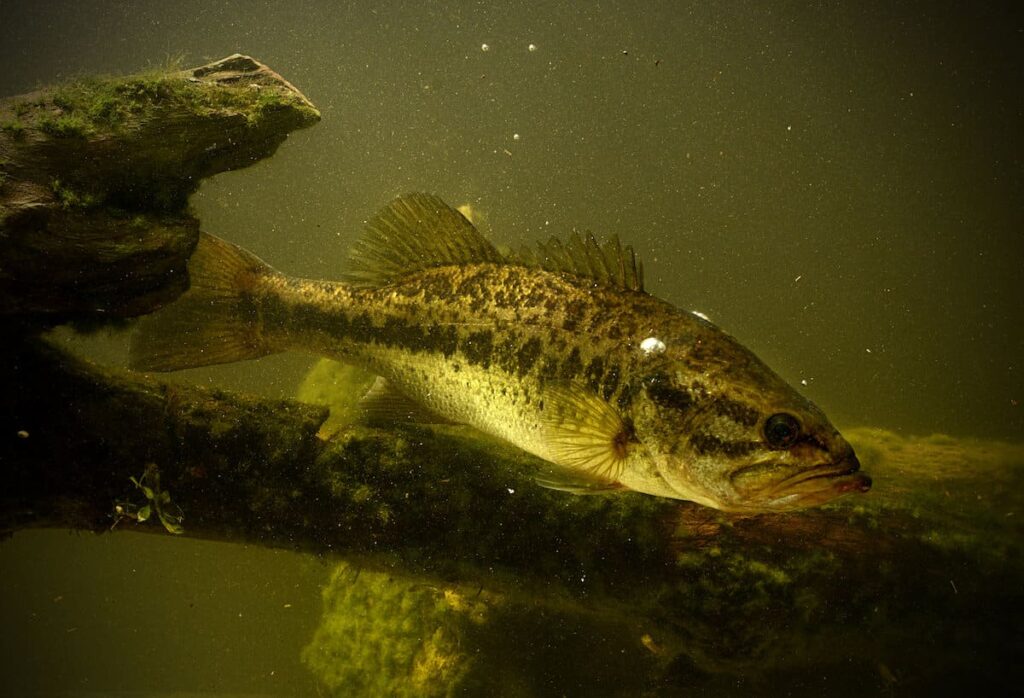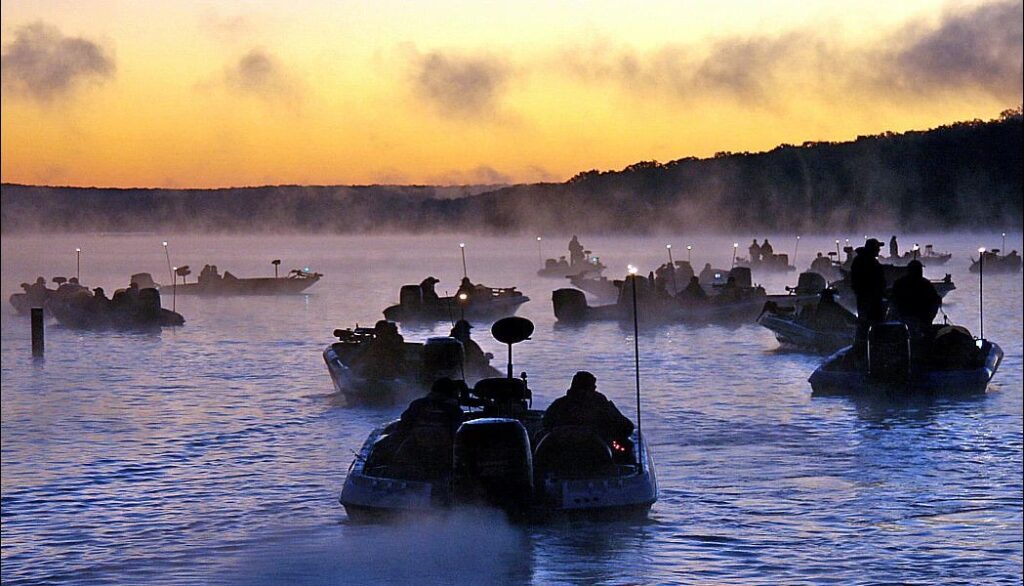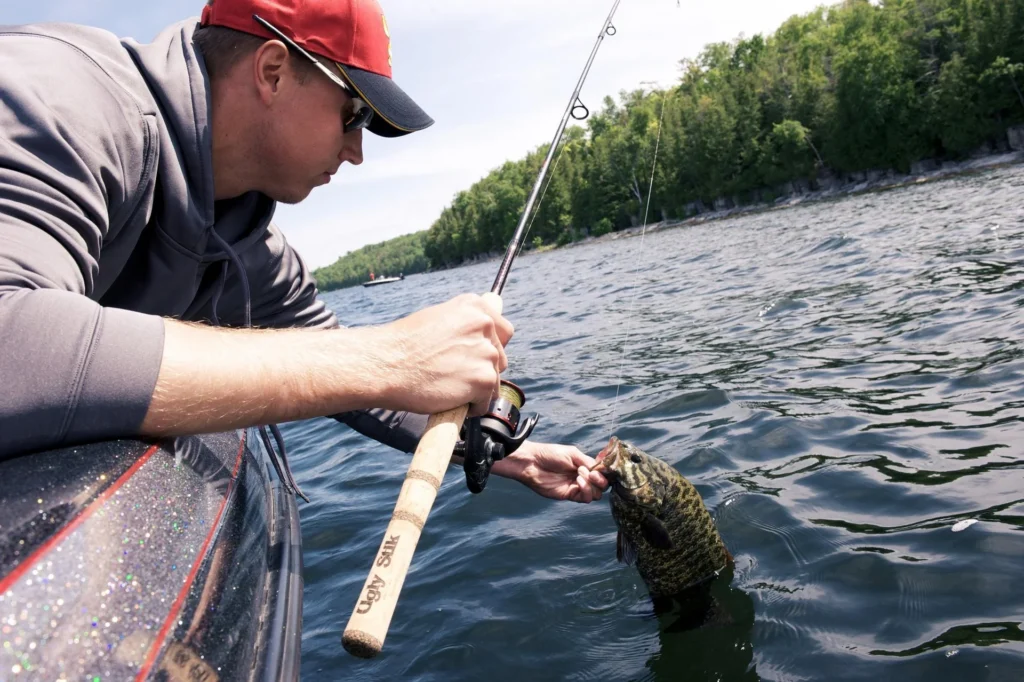If you’re serious about catching bass consistently, understanding how to identify and fish structure is key. Bass are structure-oriented fish, meaning they relate to specific underwater features that offer shelter, feeding opportunities, and comfort. Whether you’re fishing from the bank, a kayak, or a bass boat, recognizing these prime zones can be the difference between a slow day and a trophy catch.
What Is “Structure” in Bass Fishing?
In bass fishing, “structure” refers to the physical features of a lake, river, or reservoir’s bottom contour — not to be confused with “cover” like weeds or docks. Structure includes drop-offs, ledges, humps, creek channels, points, and underwater ridges. Bass use these features to ambush prey and navigate their habitat.
Types of Structure and How to Fish Them
1. Points
Points are areas where the shoreline juts out into the water. Bass often stage along the edges of points, especially where there’s a steep drop. Fish parallel to the point or fan-cast to cover the area thoroughly. Try crankbaits, Carolina rigs, or topwater early in the day.
2. Ledges
Ledges are sudden depth changes, often found on river systems and reservoirs. Bass sit on or just below the edge waiting for baitfish. Use deep-diving crankbaits, jigs, or drop shots to target different depths until you find them.
3. Humps
Underwater hills or mounds surrounded by deeper water are prime spots. Use your electronics to locate them and fish with football jigs or shaky heads. The top of the hump and the edges can both hold fish.
4. Creek Channels
Old creek beds or river channels offer natural highways for bass. Where these channels bend or intersect with structure, bass tend to gather. Slowly work soft plastics or jigs along the breaks.
5. Flats Adjacent to Deep Water
Shallow flats near deep water can be great during feeding times. Bass move up to feed, especially in low light. Use lipless crankbaits or spinnerbaits to cover water quickly.
Tools for Finding Structure
- Fish Finders/Sonar: Essential for locating underwater features in real time.
- Maps & Apps: Navionics, Google Earth, and depth contour maps help pre-scout areas.
- Visual Clues: Look for rocky banks, irregular shorelines, or isolated trees, which often indicate structure below.
Seasonal Tips
- Spring: Focus on points and flats leading into spawning areas.
- Summer: Ledges and deeper humps hold fish during heat.
- Fall: Baitfish move shallow—points and flats come back into play.
- Winter: Deep structure near vertical drops is best.
Final Thoughts
Mastering bass structure fishing takes time and observation. Use a combination of mapping, electronics, and experience on the water. Over time, you’ll begin to notice patterns and preferences in different lakes and conditions. The more you understand structure, the more success you’ll have targeting big bass consistently.

